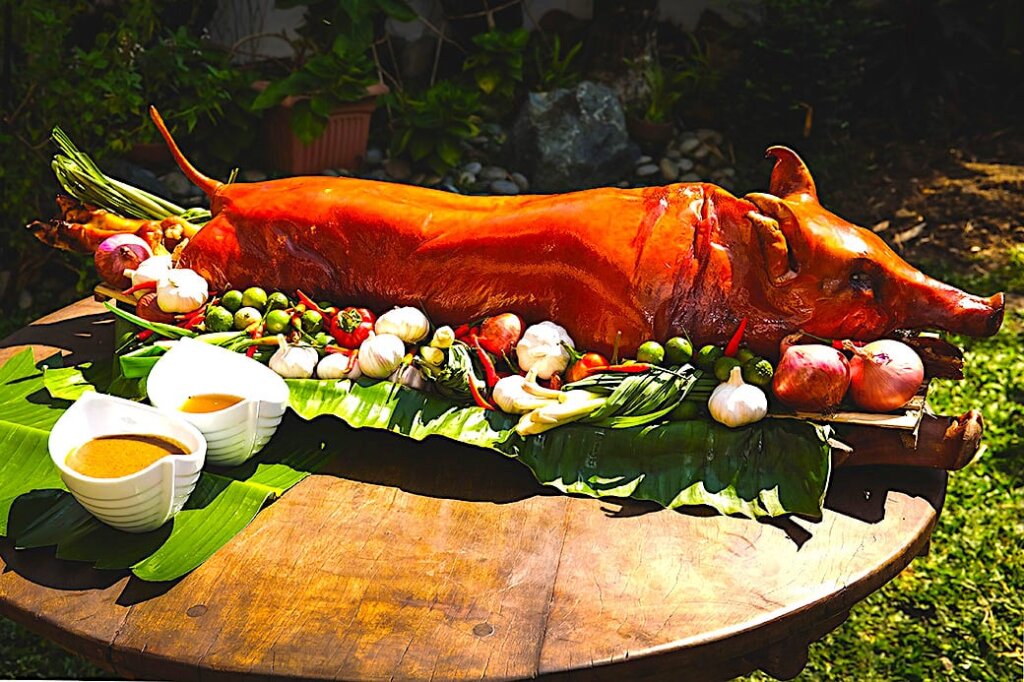If there’s one thing everyone in the world can agree on, it’s that the end of the year is a time to indulge in a grand feast. No holiday celebration is complete without a table loaded with food surrounded by those we love. Celebratory feasts look different across the globe ranging from noodles to seafood to roast pig. Check out our list to learn more about how different cultures eat in December.
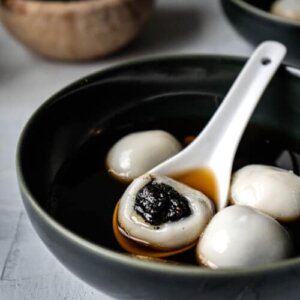
1. China: Rice Balls
Dongzhi Festival is a celebration of the winter solstice where families gather together on the longest night of the year to eat tangyuan (glutinous rice balls), dumplings, stews and soups. Tangyuan is a traditional Chinese dessert filled with everything from sweet potatoes to red bean paste and served in hot broth.
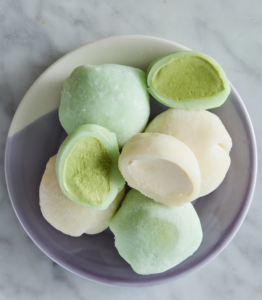
2. Japan: Noodles + Mochi
Ōmisoka is a Japanese holiday held on the last day of the year. Many people dine on Toshikoshi soba or udon, which are both noodle dishes topped with shrimp, meat, vegetables, or egg. Some say the long noodles signify crossing from one year to the next. Japanese New Year also features mochi (a sweet, chewy rice cake dessert) in many different flavors. It’s also common for people to spend the day cleaning their homes to get a fresh start for the new year.
3. Mexico: Corn-based Meals
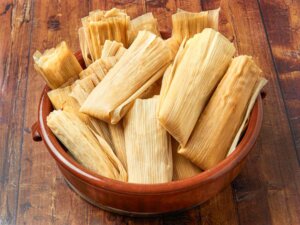
Family celebrations in Mexico typically mean enjoying corn in the form of tamales, pozole, or atole. The most popular types of tamales are wrapped in corn husks or banana leaves, then filled with pork in a red sauce or chicken in a green sauce — but there is truly an endless variety of fillings ranging from chicharron to corn to mole negro. Pozole is a soup made with nixtamalized corn that comes in a tomato-based red variety; tomatillo-based green variety; or simple white variety.
4. Italy: Feast of Seven Fishes
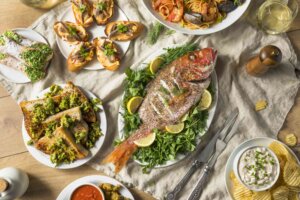
The feast of seven fishes is an Italian-American Christmas Eve celebration that features seven types of seafood. It’s based on a tradition known as La Vigilia in Southern Italy. The featured seafood varies from family to family, but salted cod, fried scallops, octopus salad, shrimp cocktails, oysters, and seafood pasta are common offerings.
5. Philippines: Lechón
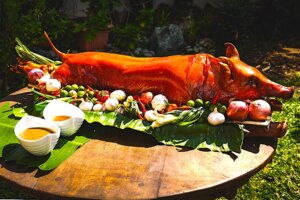
Lechón is a whole spit-roasted pig cooked over a live fire or open coal oven. It differs from Spanish Lechón in the fact that it uses adult pigs along with Filipino-native ingredients like lemongrass, tamarind, and citrus leaves. The crisp, crackly skin and tender, gelatinous meat makes it a special celebratory meal that can feed the whole family.
6. Ethiopia: Doro Wat
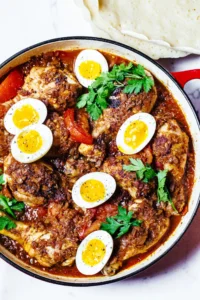
Doro wat is a spicy chicken stew infused with alliums, aromatic spices, and berbere seasoning. It’s typically served on injera (a spongy fermented flatbread) with a hard-boiled egg and herbs. The warm spices and heat level of the dish is a great way to deal with cold weather.
7. Spain: Turrón
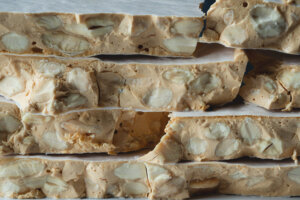
The turrón served in Spain is based on a Mediterranean nougat confection that binds toasted nuts with honey, sugar, and egg whites. In Spain, it’s a Christmas dessert that typically features almonds either left in chunks or ground into a paste.
8. Brazil: Chester Chicken
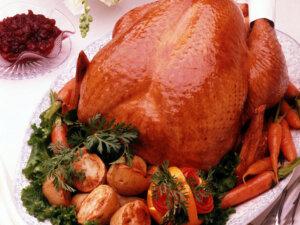
Chester chicken is a term trademarked by a poultry firm in Brazil called Perdigao. Chester chickens are chickens which have been bred to have more breast and thigh meat. Their size makes them suitable for a family of five and is about the size of an American turkey.
9. England: Christmas Pudding

British colonists spread the tradition of Christmas pudding to many parts of the world, but the original can be traced back to medieval England. There’s many forms of Christmas pudding, but they tend to incorporate dried fruit, suet, breadcrumbs, flour, eggs, and spices.



